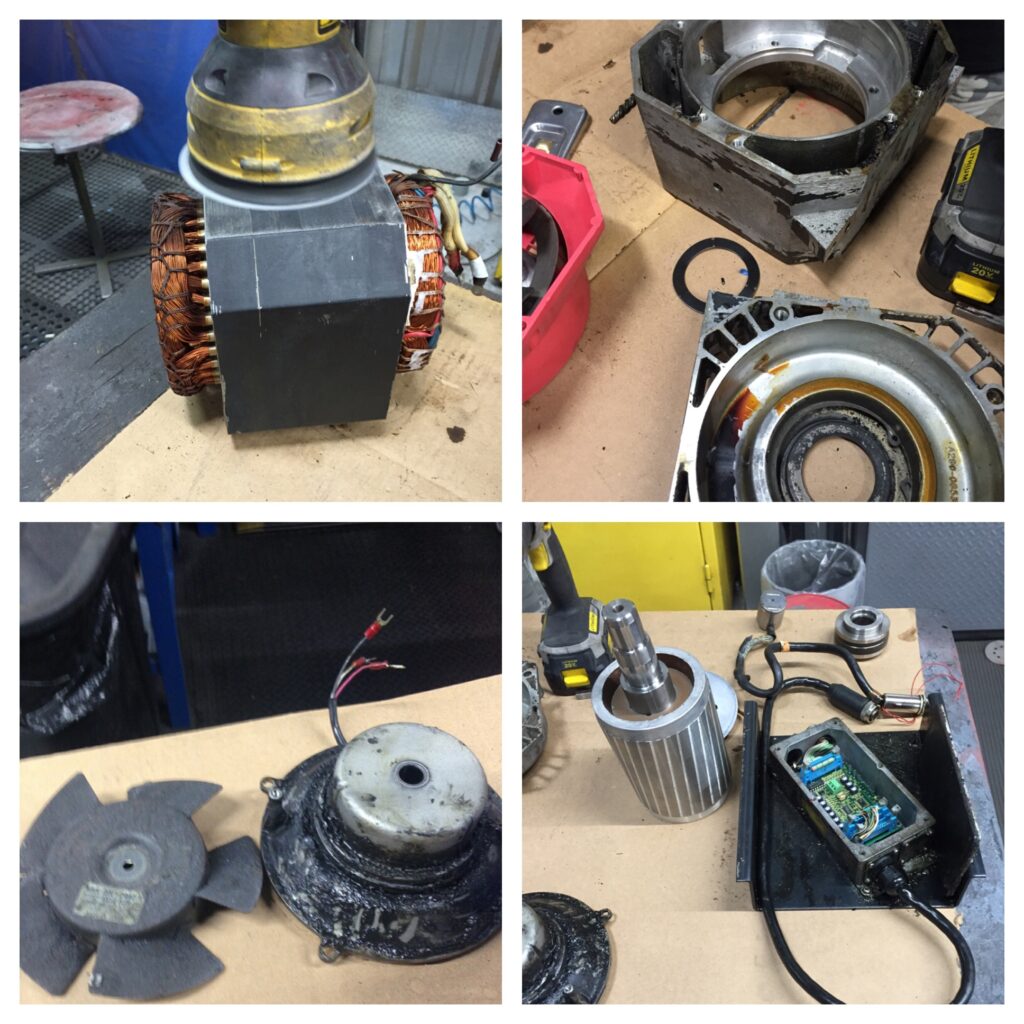Computer Numerical Control (CNC) machines are essential tools in modern manufacturing and machining. These precision instruments can perform complex tasks with incredible accuracy. However, like any machinery, CNC machines require regular maintenance to ensure they operate efficiently and reliably. In this comprehensive guide, we’ll explore 15 essential tips for CNC maintenance to keep your equipment in optimal condition.
Chapter 1: Daily Maintenance
- Cleanliness is Crucial Maintaining a clean CNC machine is paramount. Dust, chips, and debris can lead to performance issues and wear on critical components.
- Start each day by blowing away chips and dust with compressed air.
- Wipe down surfaces with a clean, lint-free cloth.
- Ensure that coolant and lubrication systems are clean and free from contamination.
- Inspect Toolholders and Workholding Devices Check toolholders, collets, and workholding devices daily for signs of damage or wear. Replace any components that appear compromised to maintain precise tool alignment.
- Lubrication Most CNC machines require regular lubrication. Refer to the manufacturer’s manual for a lubrication schedule and be precise in your application. Over- or under-lubrication can lead to problems.
Chapter 2: Weekly Maintenance
- Examine Way Covers and Bellows Way covers and bellows protect critical machine components from contaminants. Inspect them weekly for damage or leaks and replace any compromised parts to prevent issues.
- Spindle and Taper Maintenance Clean the spindle and taper thoroughly, removing debris or buildup. Inspect for wear and have them professionally serviced or replaced if necessary.
- Check Electrical Connections Regularly inspect all electrical connections, wires, cables, and connectors for wear or loose connections. Reliable electrical connections are crucial for CNC machine performance and safety.
Chapter 3: Monthly Maintenance
- Vibration Assessment Look for any unusual vibrations or noises. Vibration can indicate issues with bearings, belts, or other moving parts. Address problems promptly to prevent further damage.
- Tool Change Mechanism Ensure that the automatic tool change mechanism operates smoothly. Clean and lubricate it as per the manufacturer’s recommendations to ensure it functions correctly.
- Axis Alignment Verification Confirm the alignment of the machine’s axes by performing a precision calibration check. Correct any misalignment promptly to maintain the machine’s accuracy.
Chapter 4: Quarterly Maintenance
- Ball Screws and Linear Guides Inspection Inspect ball screws and linear guides for signs of wear, damage, or contamination. Clean and lubricate them according to the manufacturer’s guidelines. Replace worn components to prevent costly repairs later on.
- Coolant System Check Perform a thorough inspection of the coolant system, including pumps, filters, and hoses. Replace any worn or damaged parts and clean filters to ensure efficient cooling and chip evacuation.
- Controller and Software Updates Check for available controller or software updates provided by the manufacturer. Keeping your CNC machine’s software up to date can enhance performance and security.

Chapter 5: Annual CNC Maintenance
- Spindle Overhaul Consider scheduling an annual spindle overhaul by a certified technician. This includes disassembling, cleaning, and inspecting the spindle for wear or damage. Proper spindle maintenance is critical for the machine’s accuracy.
- Ball Screw and Linear Guide Reconditioning Assess the condition of ball screws and linear guides annually. If significant wear is detected, it may be time for reconditioning or replacement. Regular maintenance can extend the life of these components.
- Backup Data Back up all critical data, including machine programs and configurations, annually. This practice prevents data loss in the event of unexpected failures or accidents.
Chapter 6: Troubleshooting and Common Issues
- Understanding Alarm Codes Familiarize yourself with the CNC machine’s alarm codes and their meanings. When an alarm occurs, address the issue promptly, and consult the machine’s manual or a technician for guidance.
- Tool Wear and Breakage Regularly inspect tools for wear and replace them when necessary. Broken or dull tools can result in poor machining quality and increased stress on the machine.
- Addressing Axis Stiffness and Play Check for axis stiffness or play that can affect the machine’s accuracy. Adjustments or replacements may be required to maintain optimal performance.
Chapter 7: Professional Maintenance and Servicing
- Scheduled Service Follow the manufacturer’s recommended schedule for professional servicing and calibration. Certified technicians possess the expertise and tools required for in-depth maintenance and adjustments crucial for the machine’s performance and accuracy.
- Documentation Maintain detailed records of all maintenance activities, including dates, parts replaced, and issues addressed. This documentation is invaluable for tracking the machine’s history and identifying recurring problems.
Conclusion
Proper maintenance is the key to ensuring the longevity, accuracy, and efficiency of your CNC machine. By following a structured maintenance schedule and adhering to best practices, you can minimize downtime, reduce repair costs, and maximize the return on your investment. A well-maintained CNC machine is not just a tool; it’s an asset that significantly contributes to the success of your manufacturing operations. Remember, a little care today can save you significant time and money in the future.